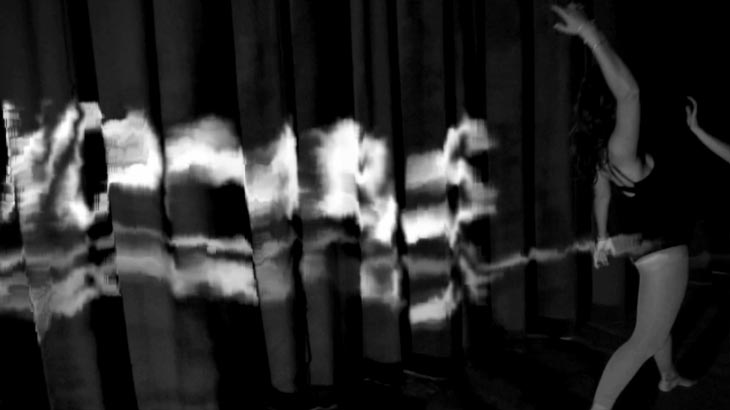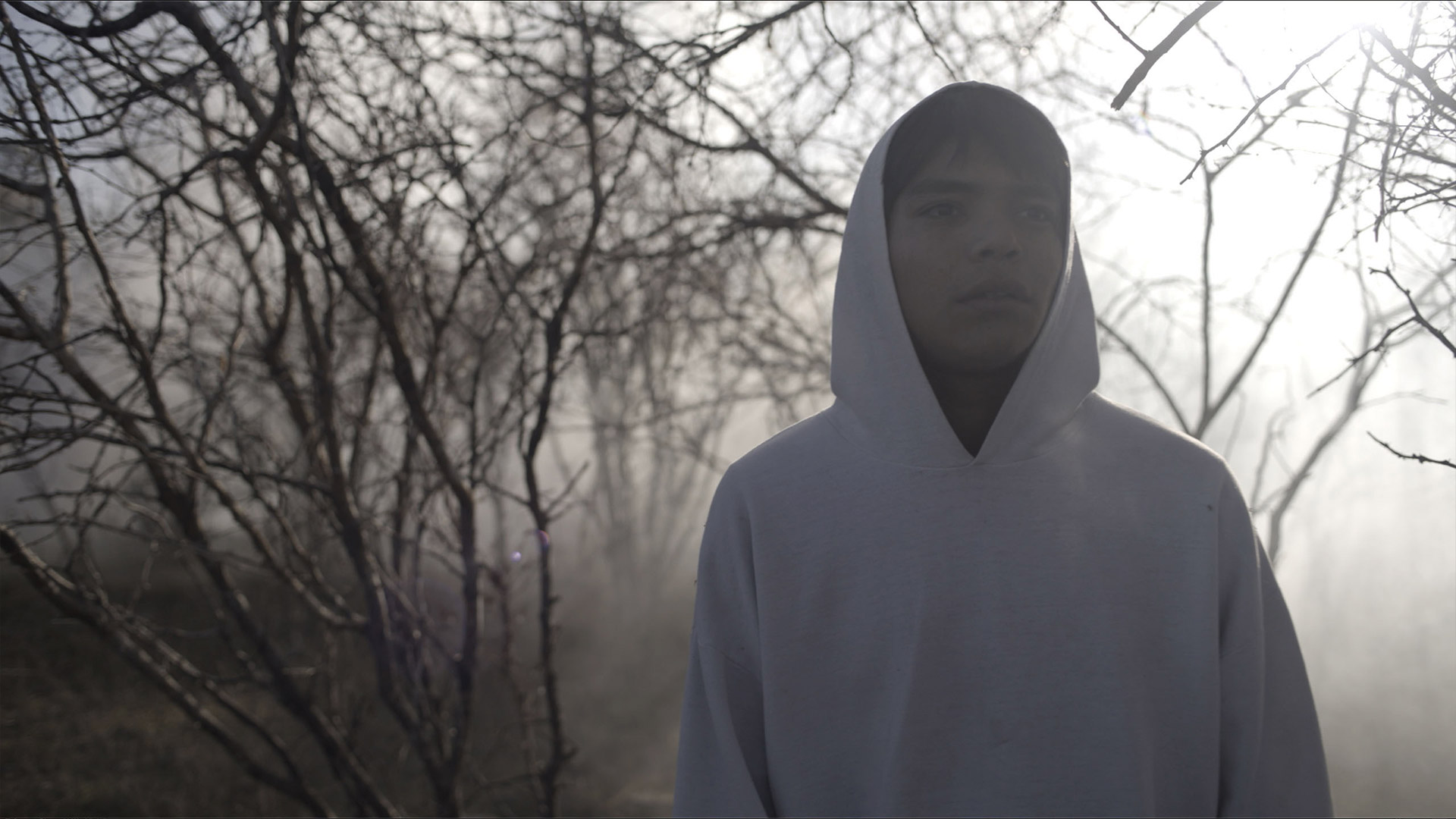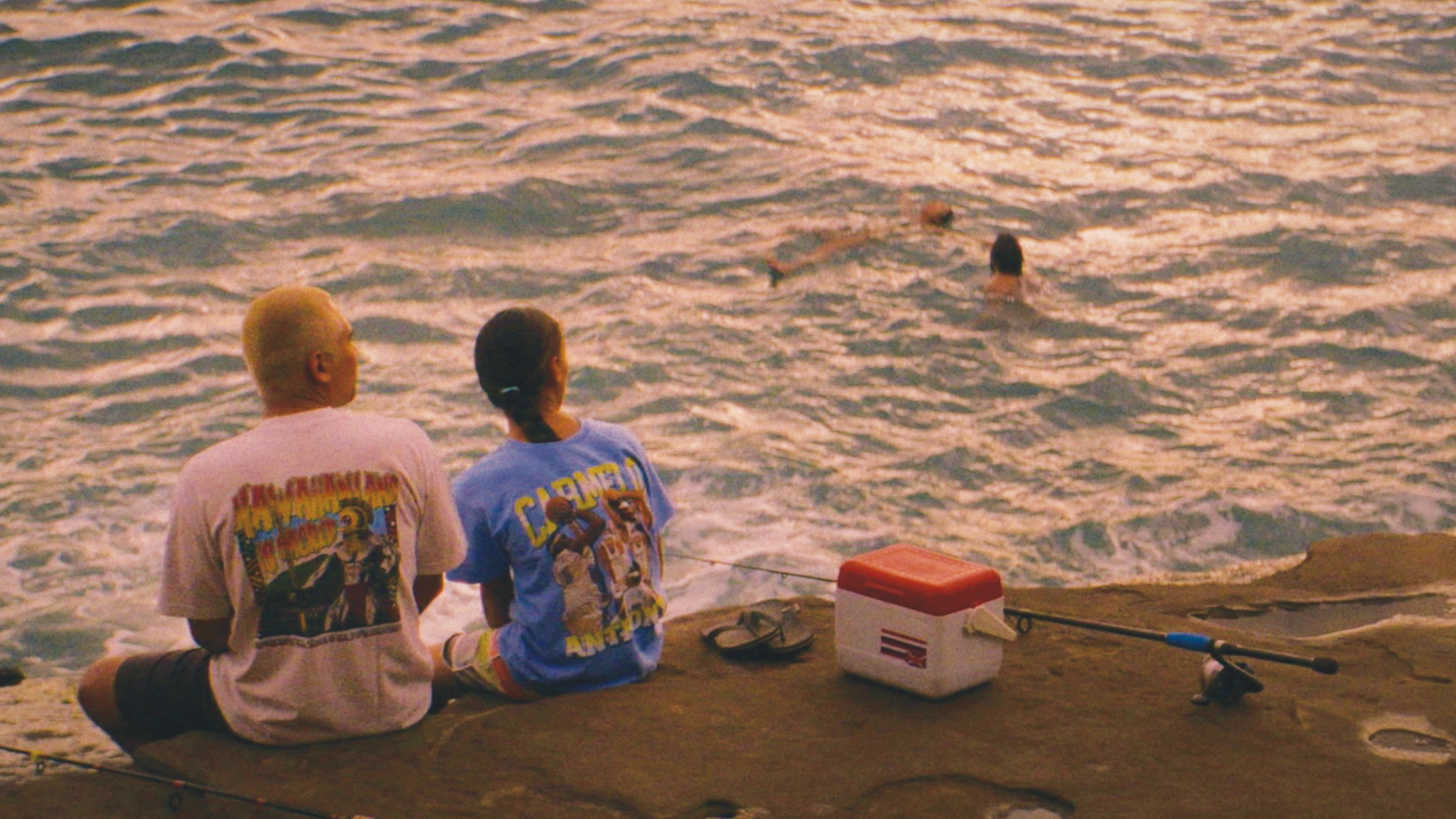In the Q&A below, George offers some insight into his technical and aesthetic decisions. His subsequent project for Wombs, the music video for “Heart & Lungs”, will be ready for public viewing in about a month.
How did the collaboration between you and Wombs come about? How much creative freedom were you given?
My work with Wombs stems entirely from having attended college with the lead singer/guitarist, Ryan Manning, who incidentally is a fantastic music video director in his own right. If you’re so inclined, you can check out his work at vimeo.com/johnryan (I highly recommend it). After seeing his videos and hearing Wombs, I approached Ryan to see if he’d be interested in letting me make a video for them. Luckily, he was more than happy to give me the go ahead, and in an even greater stroke of luck, he gave me full creative control over the content (which I believe was a result of his own experiences in making videos). As of now, “Bone Soothing Heat” is the only video I’ve done for Wombs that’s available to watch, but another one should be finished shortly.
INTERVIEW CONTINUED BELOW
Wombs – “Bone Soothing Heat” Music Video
For the unacquainted, can you give a brief summary of what datamoshing is? What interests you about the technique, and have you tried it before this video?
To anyone who’s unaware, datamoshing is an editing technique that essentially forces the last frame of a clip to be plastered on top of the subsequent clip. It’s kind of like overlapping different pieces of video, rather than placing them side to side. Due to this, the new clip then moves beneath the plastered frame, distorting the two images based on movement and texture. It was popularized in the “Evident Utensil” video by Chairlift, which was the same video that got me interested in experimenting with the technique. For me, there’s really nothing else like it, and I have to say I’ve grown to love the uncontrollable quality of it all. It’s like a gritty, unpolished version of a green screen. Plus, it’s incredibly accessible. There’s a great tutorial online that breaks down datamoshing into a few easily approachable steps, while at the same time providing you with all the tools needed. While this was my first time experimenting with the technique, I’d definitely like to try applying it to other videos in the future.
INTERVIEW CONTINUED BELOW
Chairlift _ “Evident Utensil” Music Video
There is a lot of physical activity in this video, including dancing and cuddling between individuals. Is there a narrative or is it purely aesthetic? Why the choice of black and white?
While there is most certainly an idea embedded in the video, I don’t expect anyone to notice it. My philosophy is that abstract visuals are best interpreted by those who are inspired by them. It may sound a bit pompous, but I truly believe that whatever an individual gets out of a particular piece of art is far greater than anything the artist could have intended. In essence, I guess I’m just trying to say that personal experiences should be valued over an artist’s intention. That said, in every video I make, “Bone Soothing Heat” especially, I try my very best to provide visuals that I find aesthetically pleasing. And as far as the black and white goes, I felt that it not only matched to the tone and atmosphere of the song, but I had never actually seen a black and white datamosh before, so I wanted to see how it would turn out.
Were there many iterations of this video and the individual scenes which ran into one another, and if so, how did you finally come to decide how the visuals paired with the music?
There are a TON of different versions of this video. The editing process took a whole three months, so I ended up with 44 different versions all together. Since you can’t tell what a pair of clips will look like until after they’ve been datamoshed, I had to constantly run trial clips through the entire process. In the end though, the meticulousness of it all helped me to figure out which kinds of movements and textures would result in the best possible effects, adding an extra emphasis on the transitions rather than the specific pieces of video. In fact, while I tried to balance the two different scenes equally, the cut would often be determined by the effect rather than the shot. If I felt the transition matched the music, I’d lock it in.
cargocollective.com/quinngeorge
wombs.bandcamp.com
Ω









